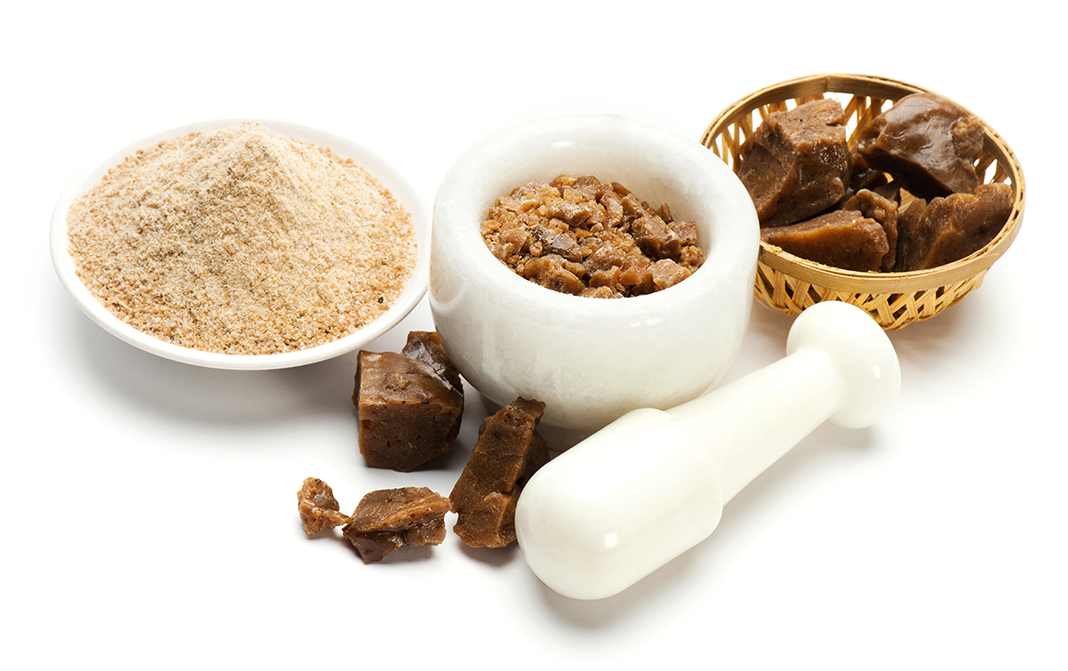


Make sure to check the label carefully before buying as it indicates the "use by" date and the region of origin and manufacturing.
It is advised not to give asafoetida to infants, as it can cause internal bleeding in them. It might cause miscarriage when a pregnant woman takes it, and it can cause bleeding disorders in the infant if a breast feeding woman consumes it. (3)
- Disclaimer
"Information here is provided for discussion and educational purposes only. It is not intended as medical advice or product or ingredient review/rating. The information may not apply to you and before you use or take any action, you should contact the manufacturer, seller, medical, dietary, fitness or other professional. If you utilize any information provided here, you do so at your own risk and you waive any right against Culinary Communications Private Limited, its affiliates, officers, directors, employees or representatives.”
Description
Asafoetida is dried latex which is made from a plant called Ferula Assa-foetida, native to Afghanistan. It is grown mainly in Iran and Afghanistan from where it is exported to the rest of the world. There are many varieties of asafoetida available in the market today which differ in their quality depending upon their region of origin. The two most commonly consumed varieties of asafoetida in India are red and white. The white asafetida also known as Hing Kabuli Sufaid (Milky white asafoetida) is native to Afghanistan and is water-soluble whereas the red asafetida known as Hing Lal (Red asafoetida) found in other countries is oil soluble. Asafoetida from Mazar-e-Sharif (Afghanistan) is the best suited to make compounded asafoetida or the spice hing because of the distinct color, smell, and taste.